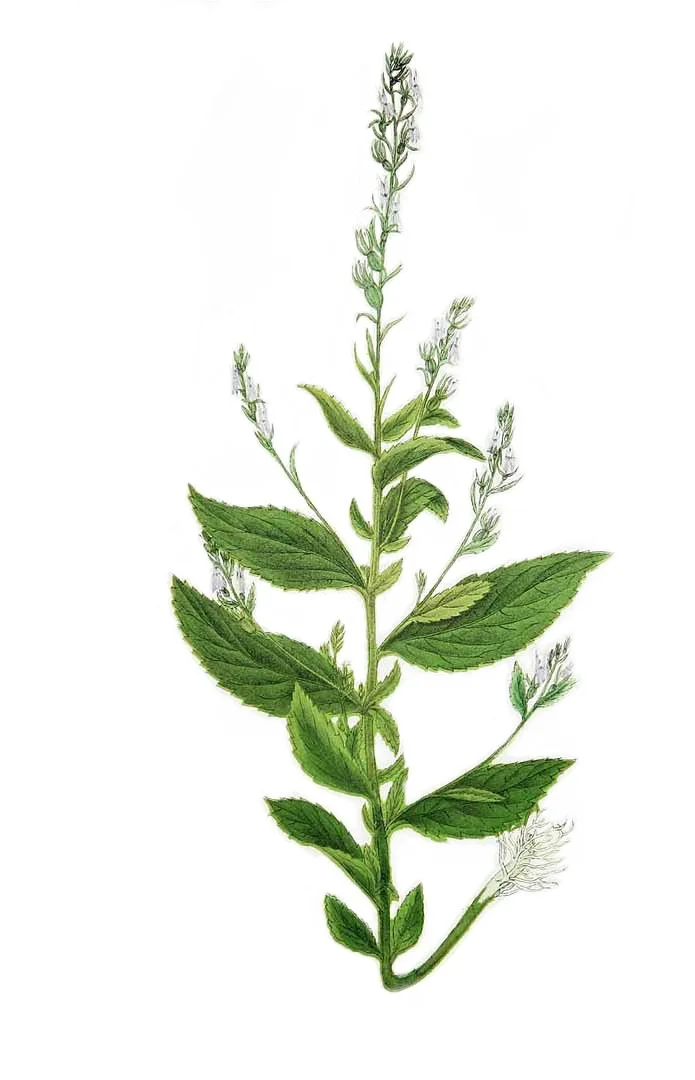Lobelia inflata
Lobelia inflata
LOBELIA INFLATA SEEDS
Lobelia inflata
Native to eastern North America, and particularly common in Appalachia. Frequently described in historic and contemporary literature as “Indian tobacco", a misnomer in several respects, not least of which is the fact that most native tribes common to the same region grew and used actual tobacco extensively. Lobelia inflata contains lobeline, an alkaloid marginally similar to nicotine. Valued primarily as a respiratory stimulant in modern herbalism, and in managing the effects of psychostimulants and central inhibitors in pharmacology. Sometimes prescribed in the treatment of nicotine addiction, but the clinical data is less than convincing. In 1993 the FDA banned the sale of smoking cessation products containing lobeline (although we concede that this is hardly evidence that it is not effective).
Preparations of Lobelia inflata were used by indigenous peoples primarily as an emetic. Only rarely and recently is it listed as a smokable for pleasure or panacea for all that ails. It is likely the legacy of Samuel Thomson and his “Thomsonian Medicine" that “informs" the perception of this plant among contemporary “herbalists". Mere drops of a strong tincture will cause the unsuspecting herbal dabbler to lose their lunch. As a smokable it is less affecting, and is potentially useful in gently mitigating some aspects of psychotropic drug use.
Lobelia inflata is found in diverse habitats, although it does prefer to grow in mildly acidic soils in full sun. It will tolerate poor fertility as well as drought once established. It will self-sow generously where it is happy, if allowed. When harvesting, leave at least a few plants in the field or the garden if you wish for this plant to persist without intervention.
Mature plants can grow to 3', but they will occasionally bloom at just 1' or so, and their small pale blue flowers with yellow throats are barely perceptible from a distance. If you are growing this species for high concentrations of lobeline, plants should be harvested in dry weather anytime after flowering begins through the point at which green seed pods have begun to form. In many markets, plants with at least some green pods are preferable. Hang whole plants to dry in a dark and well-ventilated space. They may also be dried on clay tile or newspaper in a room with a good dehumidifier. The dried plant material should be green, not washed out or brown.
For tincture, some resources suggest using just the fresh flowering portions of the plant, including immature seeds. In spite of the plethora of anecdotal praise of this preparation online, we do not recommend it due to the availablility of far less toxic alternatives for the treatment of asthma (inhalation of Ammi visnaga essential oil for example) and muscle spasms (which are easily resolved with supplemental magnesium in most cases). Research and caution are highly recommended for gardeners that might like to utilize this species for medicine.
Seeds are tiny indeed and frequently lost if allowed to mature and dry outdoors. To collect seed, cut whole plants or flowering stems to dry indoors, hung over large buckets. Dried seed capsules open readily and spill their seeds easily. In the wild these seeds often germinate promptly once dropped from their parent plant, and the seedlings overwinter to produce superior plants in the second year. In that respect this plant may be considered a biennial, but seeds sown in spring will often bolt very promptly. Flowers on these immature plants should be removed to encourage more foliage and root development.
Most sources state that Lobelia inflata seeds require stratification, but fresh seeds may be sown immediately without any special treatment. No matter where and when you sow them, care must be taken to prevent disturbing these seeds or washing them into the dark cracks and crevices of soil, because they absolutely require bright light to germinate.
To start these seeds indoors, use two separate pots. In both: sprinkle seeds into a small pot of moist soil topped with a thin layer of damp sand or fine vermiculite, mist very gently, and cover with plastic to maintain moisture. One pot should be kept warm (around 70°F) and moist in bright light. The other should be placed in the refrigerator or in a sheltered location outdoors (like a screen porch, cold greenhouse, or well-lit barn) in the winter for at least 6 weeks. The pot of seeds kept warm should begin to germinate within three weeks. If no germination occurs, the seeds require stratification. The pot of seeds placed in the cold should be moved to room temperature under bright lights after at least six weeks and should begin to germinate within 2-3 weeks. Check pots frequently for germination, and prick out seedlings to grow on in individual pots or cells of loose soil in bright light at room temperature.
Seedlings are slow to grow and require warm temperatures and bright light to thrive. Weekly doses of dilute seaweed emulsion will encourage root development, as will allowing the soil to dry slightly between waterings. Do not be discouraged by how slight the seedlings are, as they will not look particularly good until they are out in the Earth and the sunshine. Harden off before transplanting around the date of the last spring frost. These seeds may also be started in summer (using the refrigerator for stratification) and seedlings transplanted in autumn.
Packet contains at least 500 seeds.
